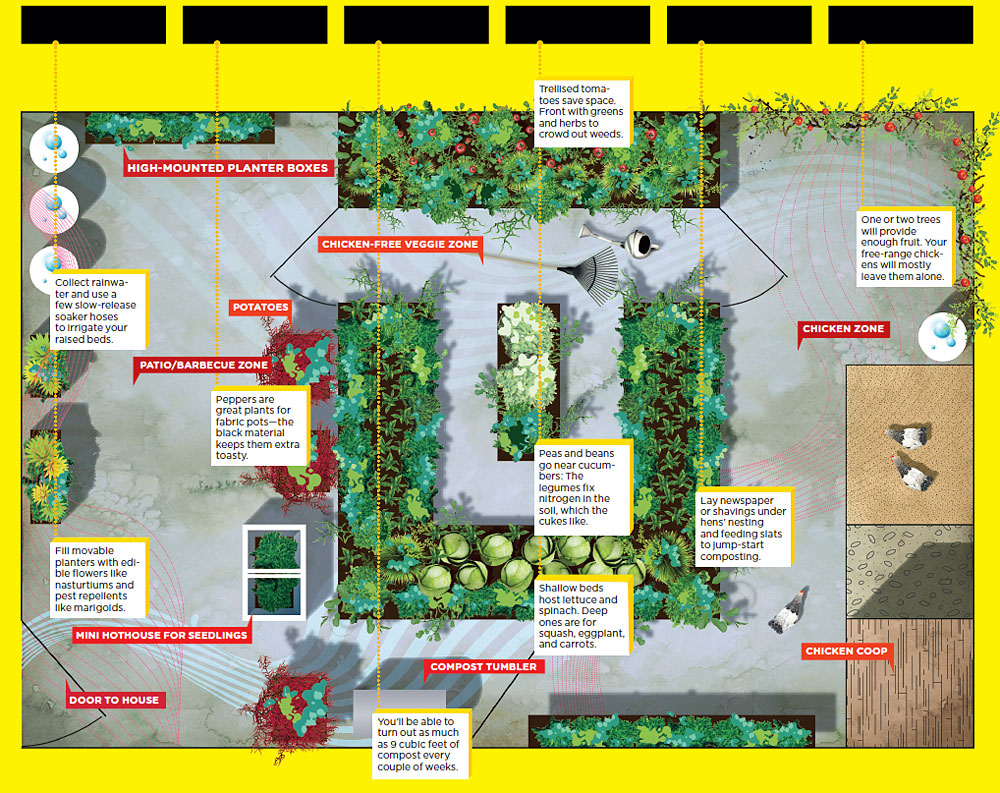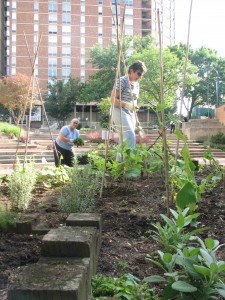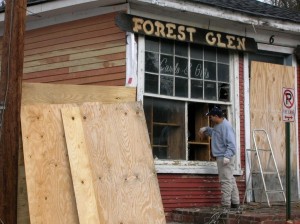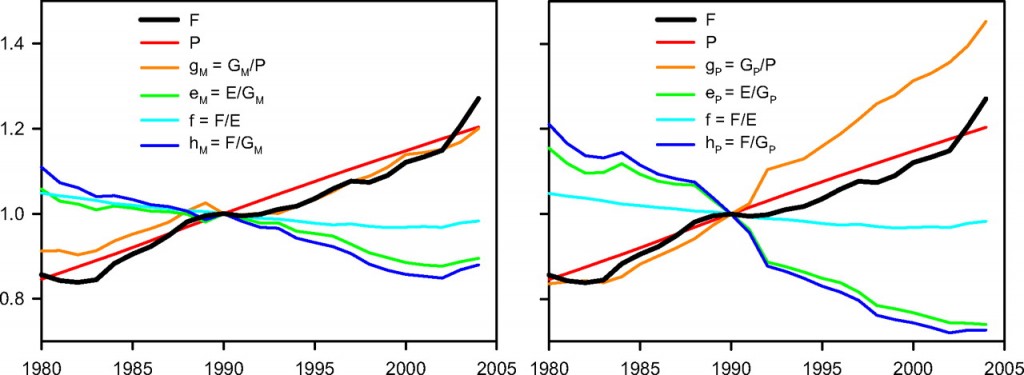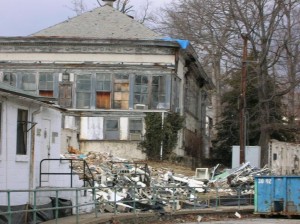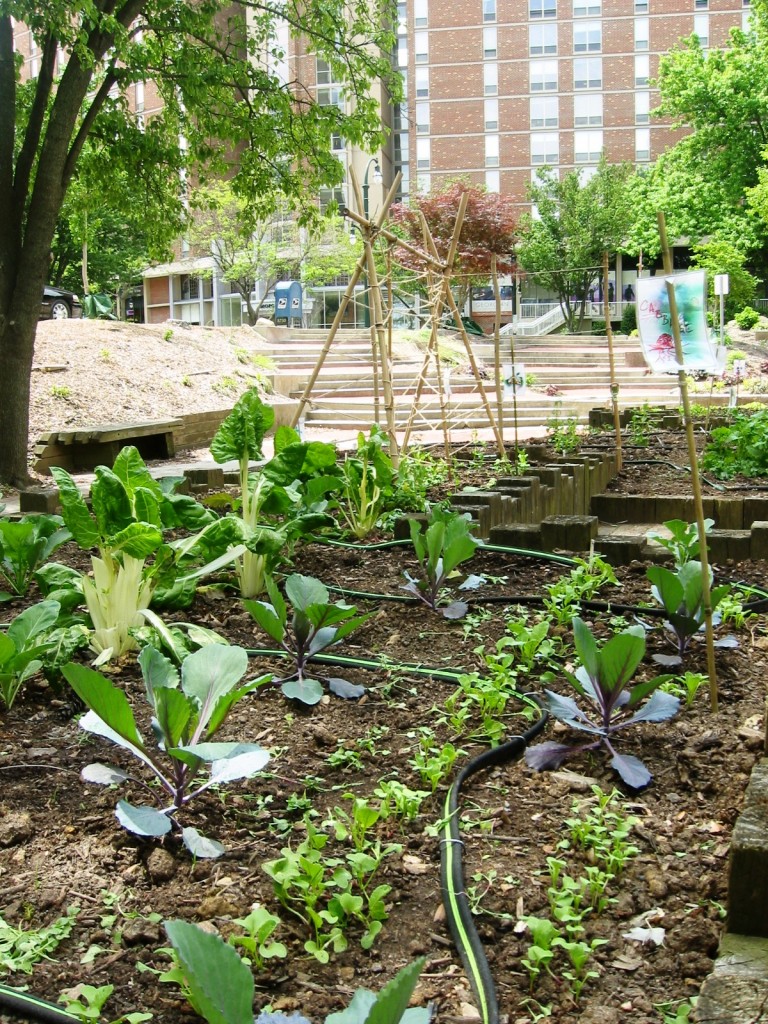
On the heels of an agriburbia post, we have our own little backyard food supply at park and planning–our vegetable garden is setting up for the season.
The crew of after-work-hours volunteers had already planted some cool weather crops–lettuces, radishes, celery–and moved some estaablished herbs to the stairway beds, but last night we planted in anticpation of warm weather–tomatoes, eggplants, potatoes, squash, bush beans, and more chard! We’ve even managed to harvest already–last year’s chard and kale that wintered over–and we’ve found a few sweet, overlooked carrots.
This year, we’re putting flowers in the center, where it’s harder to harvest and we’re putting potatoes on our green roof near Georgia Avenue, where we hope the cascade of vines will … Continue reading

